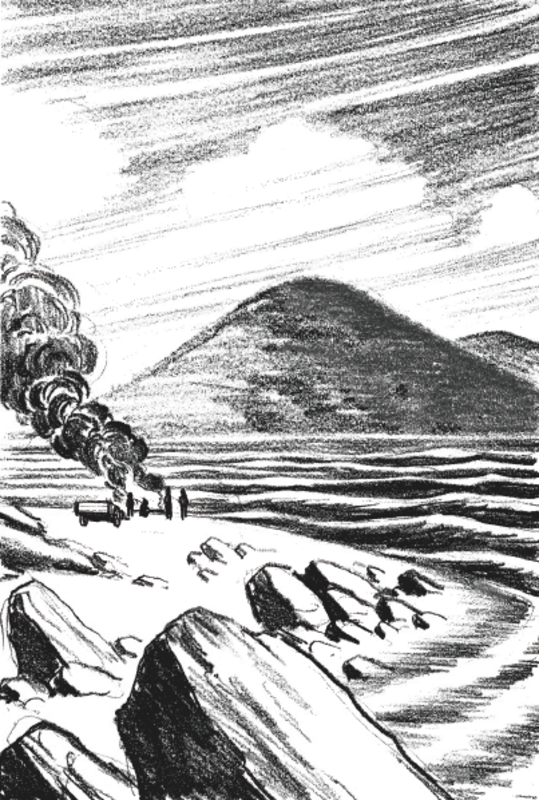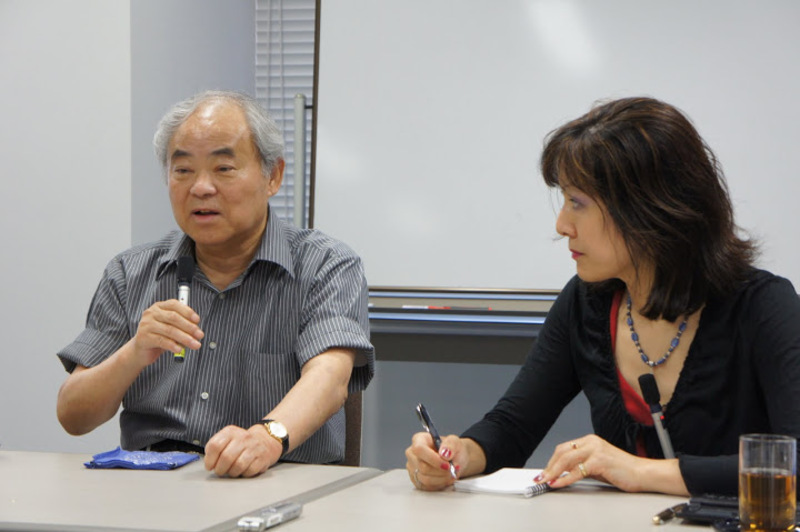Between 2012 and 2014 we posted a number of articles on contemporary affairs without giving them volume and issue numbers or dates. Often the date can be determined from internal evidence in the article, but sometimes not. We have decided retrospectively to list all of them as Volume 10, Issue 54 with a date of 2012 with the understanding that all were published between 2012 and 2014.
Nakazawa Keiji, atomic bomb survivor, peace activist, and creator of the famed Hiroshima-themed manga Barefoot Gen passed away on December 19, 2012 after a long struggle with cancer. He was 73. Asia-Pacific Journal Coordinators Yuki Tanaka and Satoko Norimatsu offer their memories of Nakazawa and thoughts on his life and work.
Yuki Tanaka
It was August 4, 2011, two days before Hiroshima Day, that I last saw Nakazawa Kenji and his wife, Misayo. Nakazawa gave a short talk to a group of American and Japanese students at the Hiroshima Peace Institute. Each summer an A-bomb survivor gives testimony at HPI to a group of students during their Hiroshima & Nagasaki Study Tour conducted by Peter Kuznick from the American University of Washington DC and Fujioka Atushi of Ritsumeikan University of Kyoto. As always, Nakazawa’s talk about his own miraculous survival of the atomic bombing of Hiroshima and the deaths of his father, sister and brother, was immensely moving. At the same time it sent a powerful message against nuclear weapons and war atrocities. Nakazawa’s testimony was quite different from that of many other A-bomb survivors, as he ended his talk with a severe criticism of Emperor Hirohito and President Truman, as well as many other wartime leaders of both Japan and the U.S. He made it clear that both Japanese and American politicians and militarists were responsible for the nuclear holocaust.
Nakazawa published many other interesting manga apart from Hadashi no Gen (Barefoot Gen), but unfortunately this best-known manga on atomic bombing over shadowed all the others. Nakazawa’s inspiration to become a cartoonist came from Tezuka Osamu’s manga Shin-Takarajima (New Treasure Island) published in 1947 that he first read as a child. As a fan of Tezuka, I often thought I would like to hear Nakazawa’s opinion of Tezuka’s work some day. Now, I can only regret postponing my plan to interview him on this topic.
It should be noted that Nakazawa could not have achieved what he did during his lifetime without the continuing assistance of his beloved wife, Misayo, who acted as his personal assistant and secretary. It is strongly etched on my memory that they were always together, no matter where Nakazawa went. The dinner we had together on the evening of August 5 2011 after his talk at HPI was no exception.
Satoko Norimatsu
It was August 4 of 2011 when Nakazawa-san talked to us at HPI. The next day, August 5, he threw out the first ball in the Hiroshima Carp “Peace Nighter” game.
I agree that his open criticism of the emperor and Japan’s aggressive war and colonialism distinguishes his position from many other war survivors of Japan. In my observation, this aspect of his work and his philosophy of peace tend to be watered down in the Japanese mainstream media. But it is apparent when you read Barefoot Gen. At the dinner afterwards, I was so happy to be able to ask him questions about specific characters in Gen… learning that the kind Korean neighbor actually existed, even if he did not actually carry Gen’s mother to run away from the approaching fire, and Ryuta, the little boy who resembled Gen’s little brother who died in the bombing that Gen’s mother raised, does have a model, even if he did not really look like his little brother and did not actually live with Nakazawa and his mother. When I asked him what happened to the boy who was a model for Ryuta, Nakazawa-san smiled and said he was in prison…. his detailed and realistic depiction of the underground world and violence in the latter parts of the Gen series also need to be re-evaluated. He did not glorify hibakusha, as many other literary pieces did. For many the only way to survive or find any home was to be part of the underworld. Many girls had terrible keloids on their faces, again not easily depicted in other A-bomb literature where frail and beautiful female hibakusha often die of internal radiation diseases, with their faces intact. All hibakusha in Barefoot Gen were so real, and human.
A Nakazawa sketch of a cremation in the aftermath of the atomic bombing of Hiroshima:
Nakazawa speaking at the Hiroshima Peace Institute in 2011 (with Satoko Norimatsu)
Essays by Nakazawa at the Asia-Pacific Journal:
Hiroshima: The Autobiography of Barefoot Gen (translated by Richard Minear)






